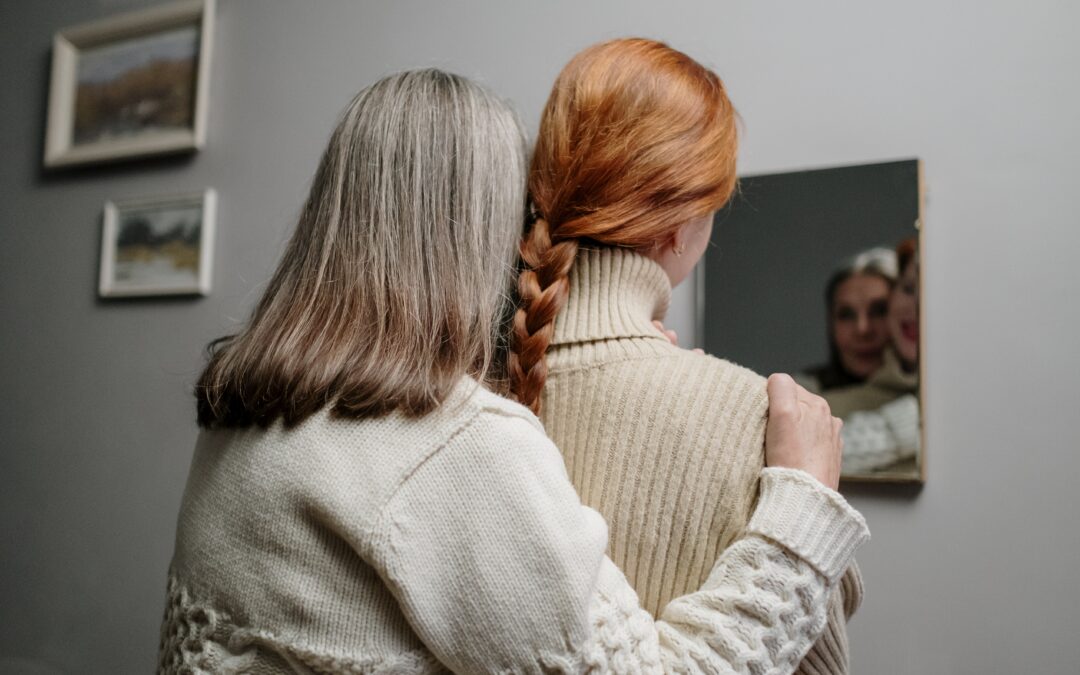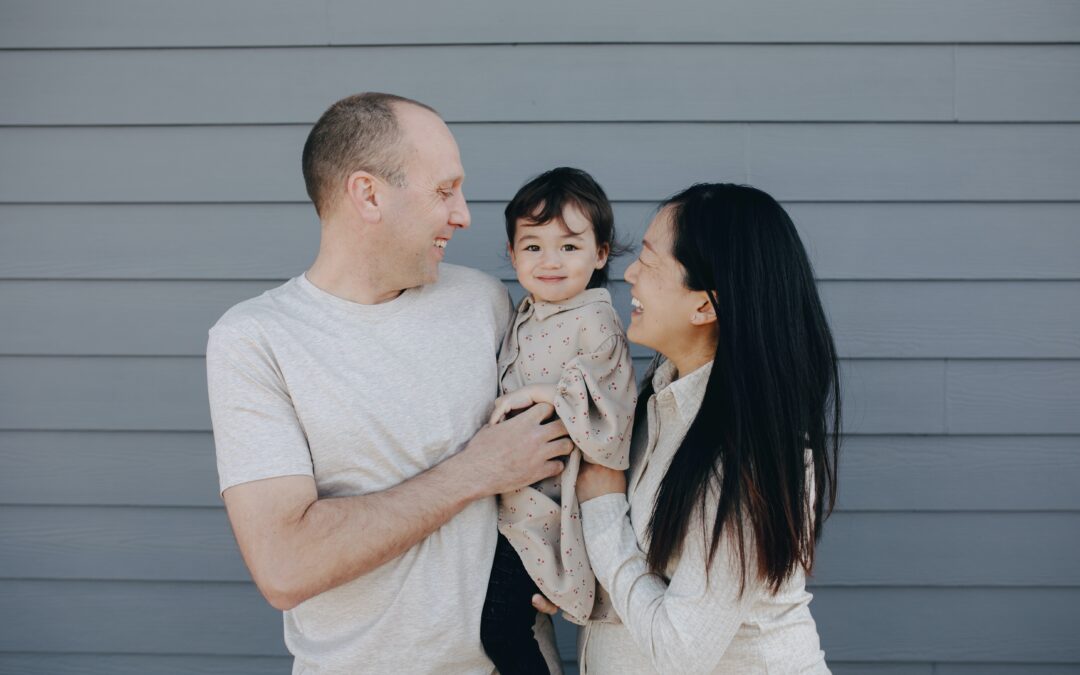According to the Wall Street Journal, a survey conducted by Harvard’s Graduate School of Education (GSE) in October found that nearly one-third of 950 respondents reported frequent loneliness. Young people and mothers felt especially isolated, feeling “overworked” and disconnected from their support systems. It goes without saying that the elderly are experiencing the most isolation, as their would-be visitors stay away for fear of passing on the dreaded virus. However, at a time when they are supposed to be living “life to the fullest,” young people feel at a loss for connection – and with major consequences, should they cave in to their loneliness.
Young People Already Experience Isolation
It’s not so surprising that young people stand out in terms of loneliness measures, even absent pandemic upheavals. As Dr. Richard Weissbourd from Harvard’s GSE explains, “they are not anchored to their families and may be grappling with some life-defining decisions,” whether to do with relationships or career paths. Social media, political turmoil, and the fear of getting hurt can exacerbate feelings of loneliness or inadequacy. For example, the desire to meet and find the One is enough to set one into a tailspin, let alone in the middle of an isolating pandemic. As one Yale Daily News (YDN) columnist put it regarding Valentine’s Day, love is like getting an ice cream sandwich.
“The layers of chocolate become soft against your thumbs and the ice cream drips onto the concrete and you desperately want a refund. But by now, the sticky vanilla is all over your fingers and there is no way you could possibly get it off. That’s love — seriously overrated.”
The Lonely Cynics
Loneliness is a common young person’s affliction, but its negative effects are multiplied when, like the YDN author, they have more time than ever to scroll through “sappy, romantic Instagram posts,” lamenting, or cynically rejecting, projections of desired companionship and affection in the form of unrealistic, abstracted images. These chimeric semblances of romantic love fail to educate a young person in the art of loving, and in fact place greater pressure on them to seek out or “perform” romance. The loss of the art of love, which actually serves non-romantic relationships well, means a loss of a sense of obligation for the other. An article from the Harvard Crimson details one student’s ambivalence over the concept of “sugar dating” and her struggle not to judge young women for seeking such arrangements (often they involve receiving gifts and cash allowances from wealthy older men in exchange for companionship). The student believes the righteous response she should have to these relationships is one of cheerleading a woman’s ability to “refute” and “overturn” the patriarchy. In a profoundly anti-social turn, and ironically in the name of “feminist” principles, seeking to capitalize on another’s inner emptiness for personal gain is a perfectly good business deal. Not only that, but the problematic, potentially predatory nature of the relationship is supposed to be “empowering” for the beneficiary. All of this undermines the meaning and purpose of courtship, and twists the call to a self-giving relationship into something self-centered.
Making the Most of Our Aloneness
The fact that young people hold such views, cynically questioning love under the pretext of its “sappiness,” forget that sacrificial love is its only true form. All else is abstract and vain. We all buckle under the strength of our own temptations at times, whether it’s toward cynicism or self-absorption or use of others. The best antidote we have is to lean in to our better angels. The WSJ encourages reaching out to “a relative who lives alone,” conversing with the mailman, a grocery store employee, or a crossing guard, and sharing a “laugh with a neighbor.” These workable pieces of advice apply especially to those experiencing loneliness, as it is very easy for our most immediate community members to fade into the background of our lives. Young people, who are accustomed to spending most of their time with people their own age, can benefit greatly by cultivating relationships across age groups. It’s never too early to offer our sacrificial love through small acts like these, expanding our narrow definition of community to include those whom we wouldn’t normally see.







